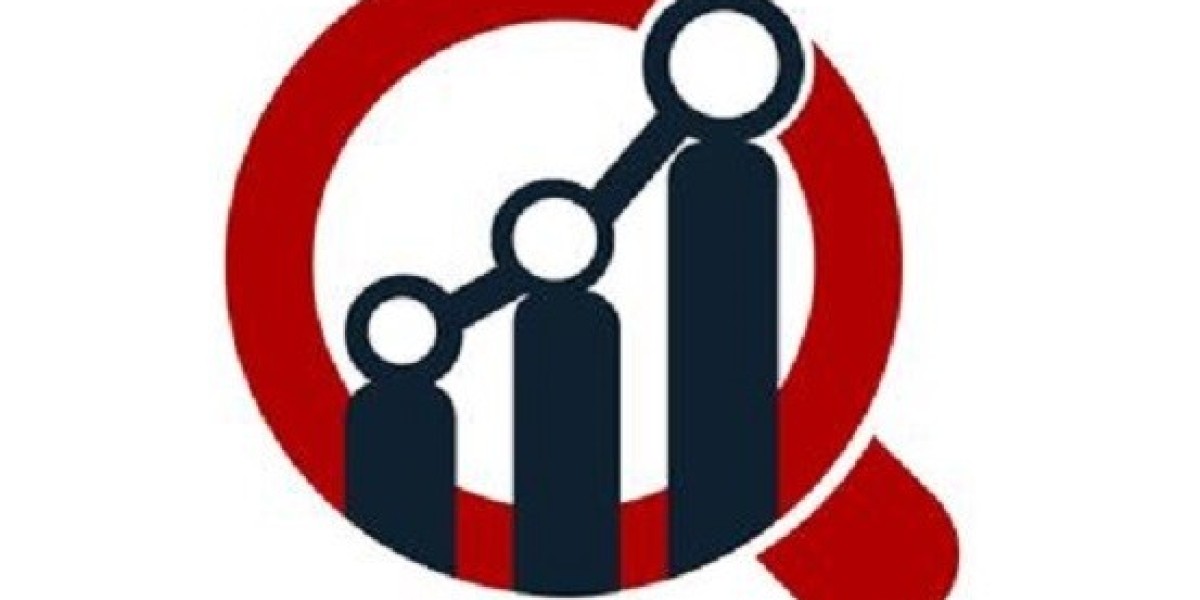The Heart of Modern Cardiology
In the realm of cardiovascular medicine, catheterization laboratories (cath labs) are a cornerstone of diagnosis and intervention. These highly specialized hospital units enable minimally invasive procedures to diagnose and treat a wide range of heart conditions. As heart disease continues to be the leading cause of death globally, the demand for cath labs is rising steadily, driven by the need for faster, safer, and more accurate cardiac care.
Cath labs are no longer just for angioplasties—they now serve as critical hubs for advanced procedures like stent placements, electrophysiology studies, pacemaker implantation, and structural heart interventions. With a growing emphasis on minimally invasive cardiology, their role has never been more important.
The Shift Toward Minimally Invasive Solutions
Modern patients and physicians alike are embracing less invasive treatment methods. Minimally invasive cardiac procedures not only reduce recovery times but also lower the risk of complications. Cath labs enable such interventions using catheters, imaging equipment, and precision-guided tools, eliminating the need for open-heart surgery in many cases.
The demand for interventional cardiology services is growing rapidly, particularly among aging populations and individuals with lifestyle-related heart diseases. As a result, hospitals and cardiac centers are expanding their cath lab infrastructure to keep pace with patient needs.
Market Overview and Key Drivers
The cath lab market is witnessing notable growth, supported by several key drivers. Technological advancements, such as 3D mapping systems, robotic-assisted procedures, and high-definition imaging, are significantly improving procedural accuracy and patient outcomes.
Additionally, the global rise in cardiovascular diseases, growing medical tourism in developing countries, and increased awareness about preventive cardiac care are fueling market expansion. Government initiatives and reimbursement policies also play a role in encouraging investment in cath lab setups.
Hospitals are increasingly integrating hybrid cath labs, which combine surgical and imaging capabilities in one room. This integrated approach is ideal for complex cardiac and vascular procedures and reflects a broader trend toward versatile, tech-enabled cardiac facilities.
Challenges in Adoption and Cost Considerations
Despite the growth, setting up a cath lab requires substantial capital investment. Equipment costs, staff training, and maintenance represent major barriers for smaller healthcare facilities, particularly in rural or underfunded regions. However, mobile cath labs and public-private partnerships are emerging as cost-effective solutions in some countries.
Training also poses a challenge—skilled interventional cardiologists and support staff are essential to run these labs efficiently. Continuous education and simulation-based training are becoming integral to ensure safe and effective procedures.
Future Outlook and Opportunities
Looking ahead, the cath lab market is expected to continue evolving, driven by both innovation and necessity. The incorporation of artificial intelligence in imaging and real-time data analysis is likely to enhance precision and support clinical decisions. Meanwhile, advancements in portable and AI-powered diagnostic tools are helping bring cardiac services closer to underserved areas.
Another promising trend is the development of personalized cardiac care. Cath labs are now being integrated with electronic health records (EHRs) and remote monitoring systems, allowing for more tailored and data-driven interventions.
As heart disease remains a persistent health challenge worldwide, cath labs are not just expanding in number but also transforming in capability. From enhanced patient monitoring to robot-assisted procedures, the future of cardiac intervention is becoming smarter, safer, and more accessible.



